DESN 132A—PERSPECTIVE & RENDERING SYSTEMS I | FALL 2020 | T/TH 4:00–6:45PM | ONLINE (AMI)
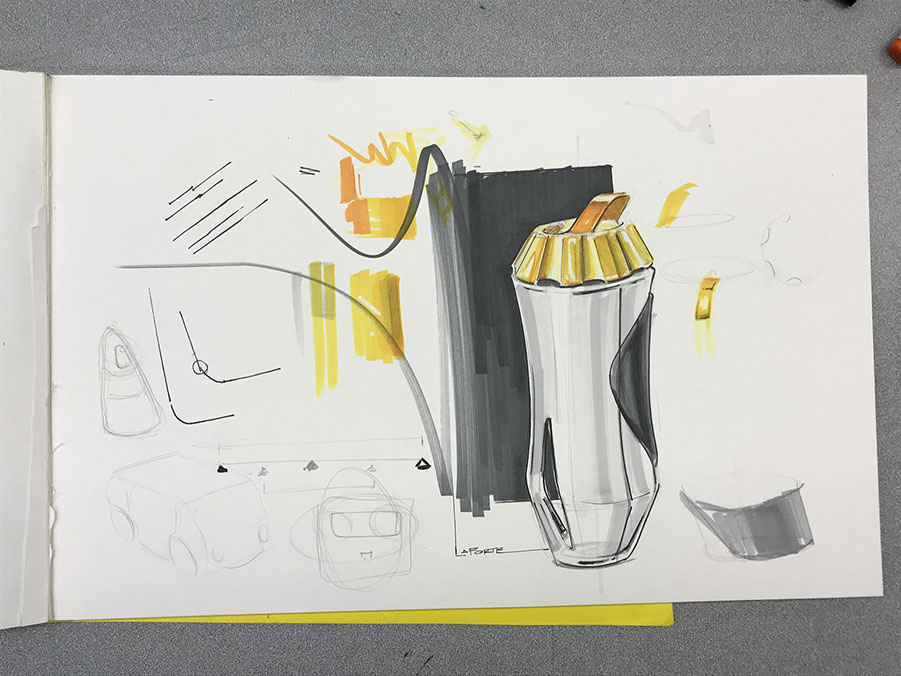
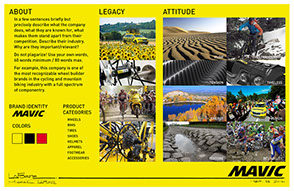
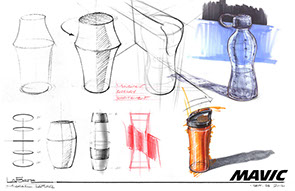
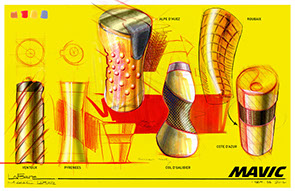
1 | Brand Understanding, Mood, Inspiration Sheet
This sheet should NOT contain any images of existing bottle designs but instead consist of 10-15 images of lifestyle, material inspiration, color values, qualities you're inspired by and envision incorporation into your
design(s) etc.
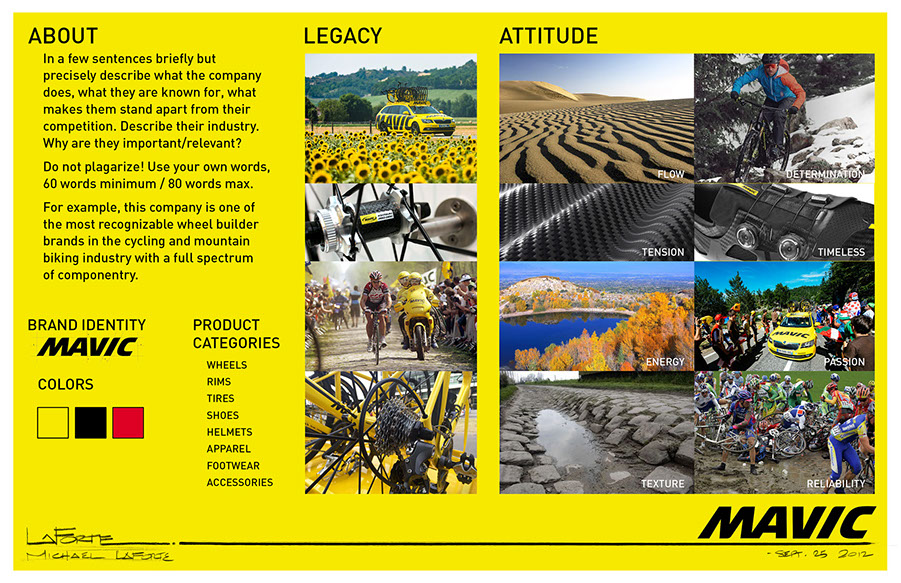
2 | Form Exploration Sketching Sheet
This sheet should be where you explore form shapes, proportions, details, materials and finishes, and qualities or characteristics you'd like for your designs.
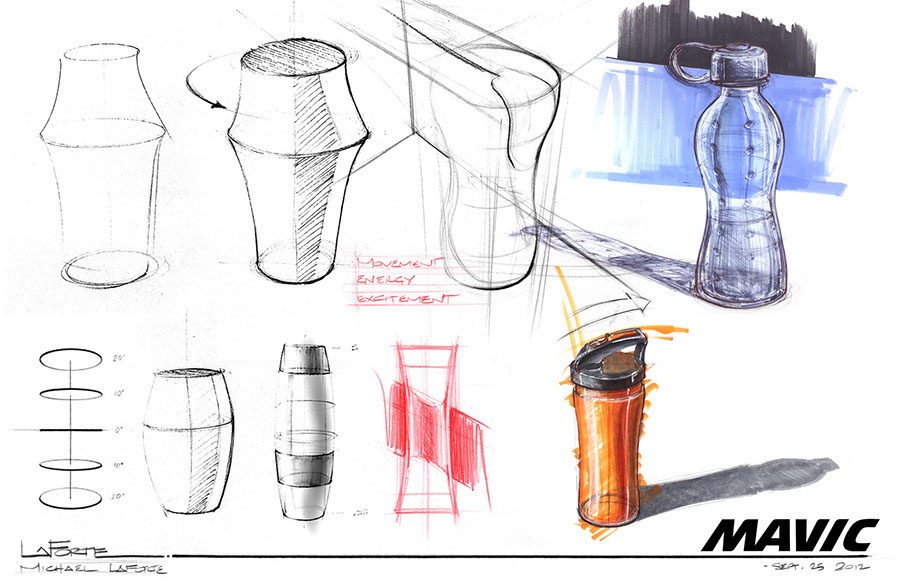
3 | Final Designs (6)
This sheet should NOT contain any images of existing bottle designs but instead consist of 10-15 images of lifestyle, material inspiration, color values, etc.
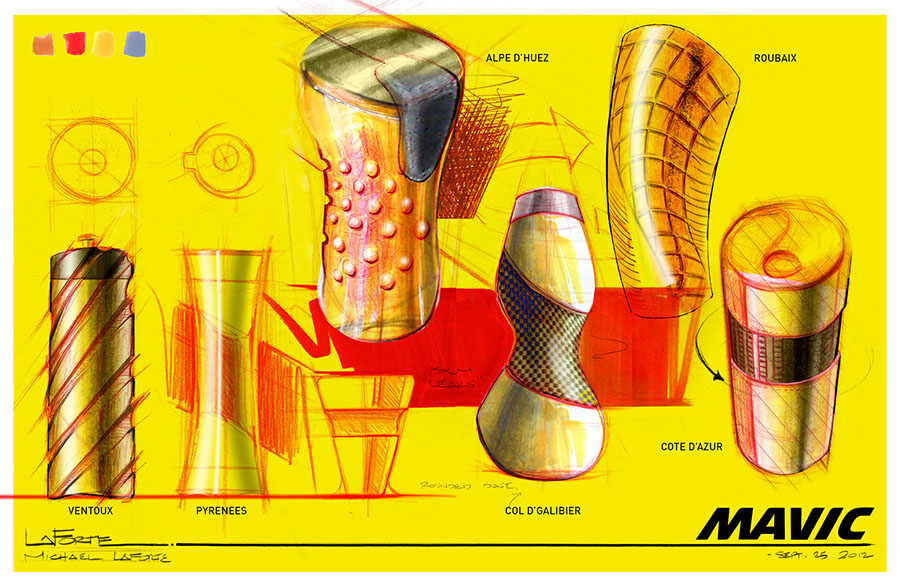
STUDENT WORK EXAMPLES
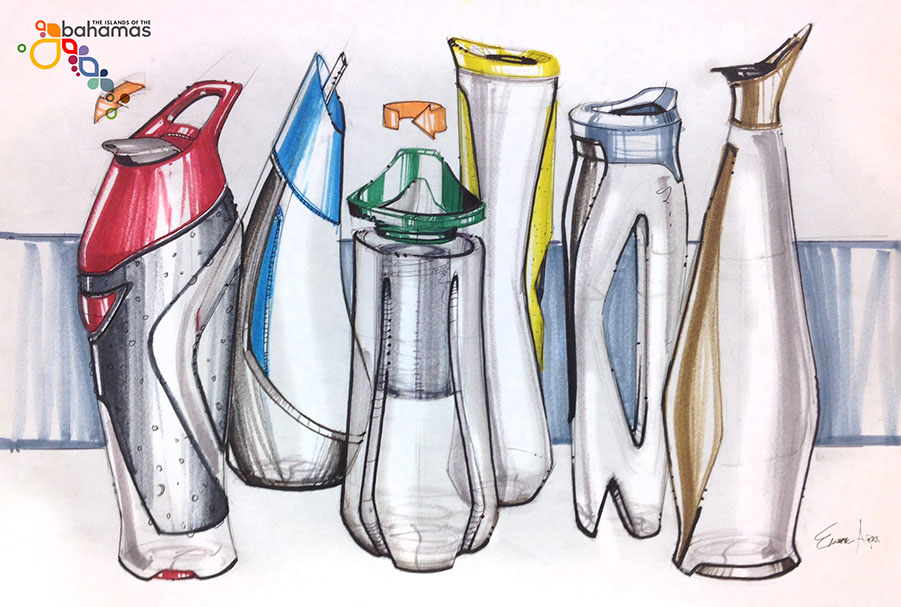
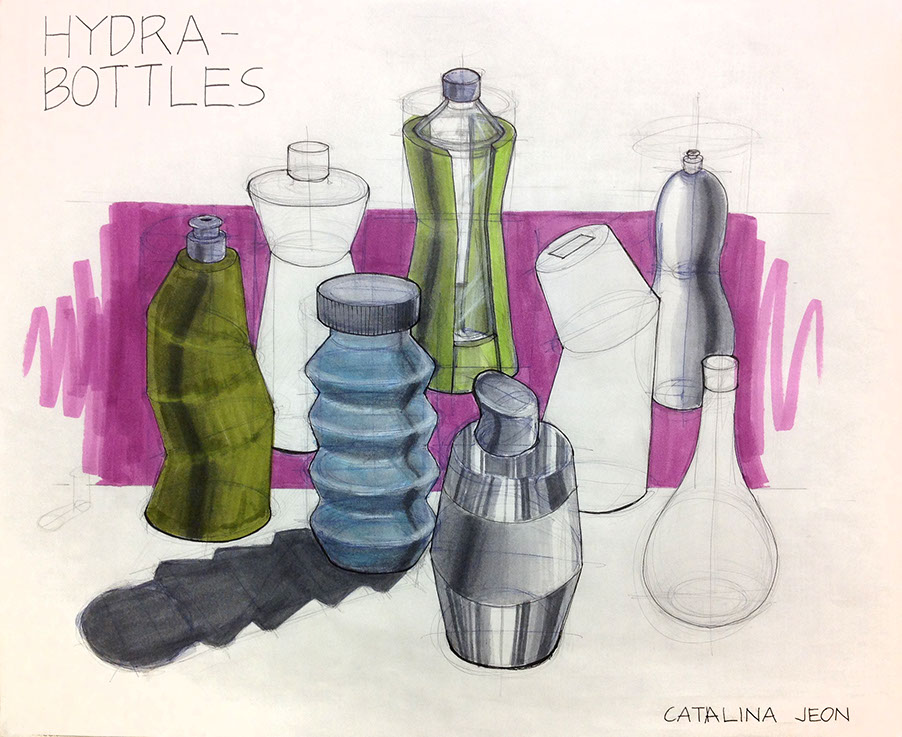
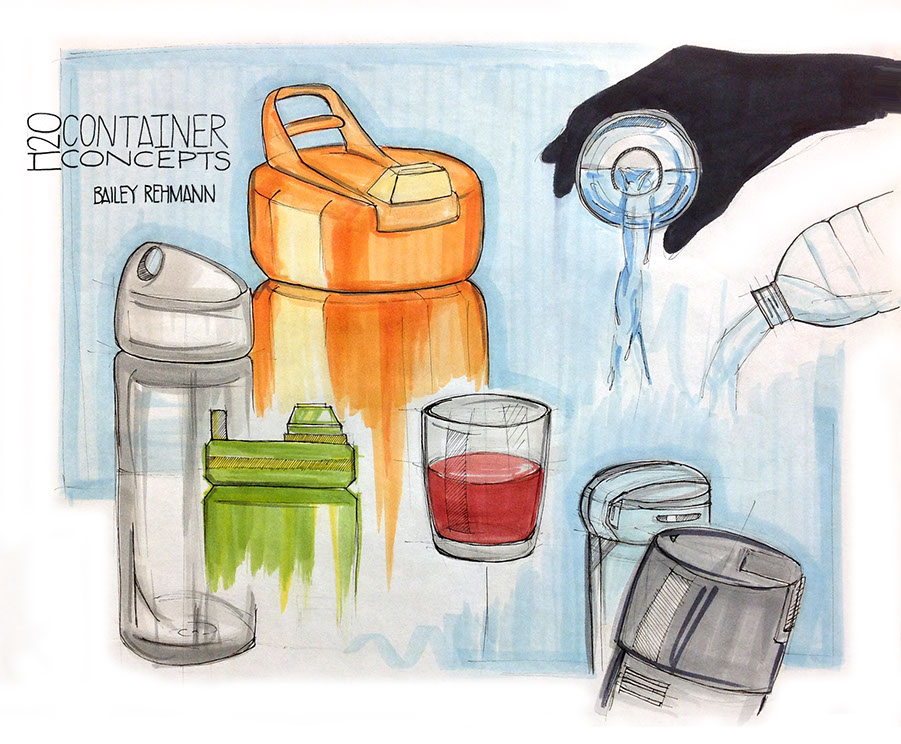
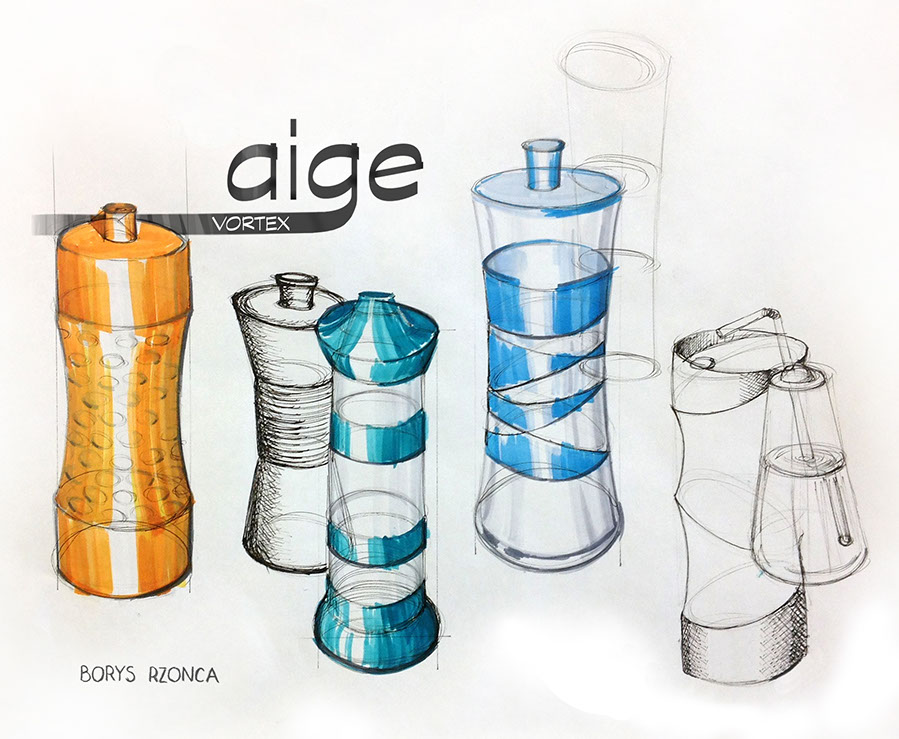
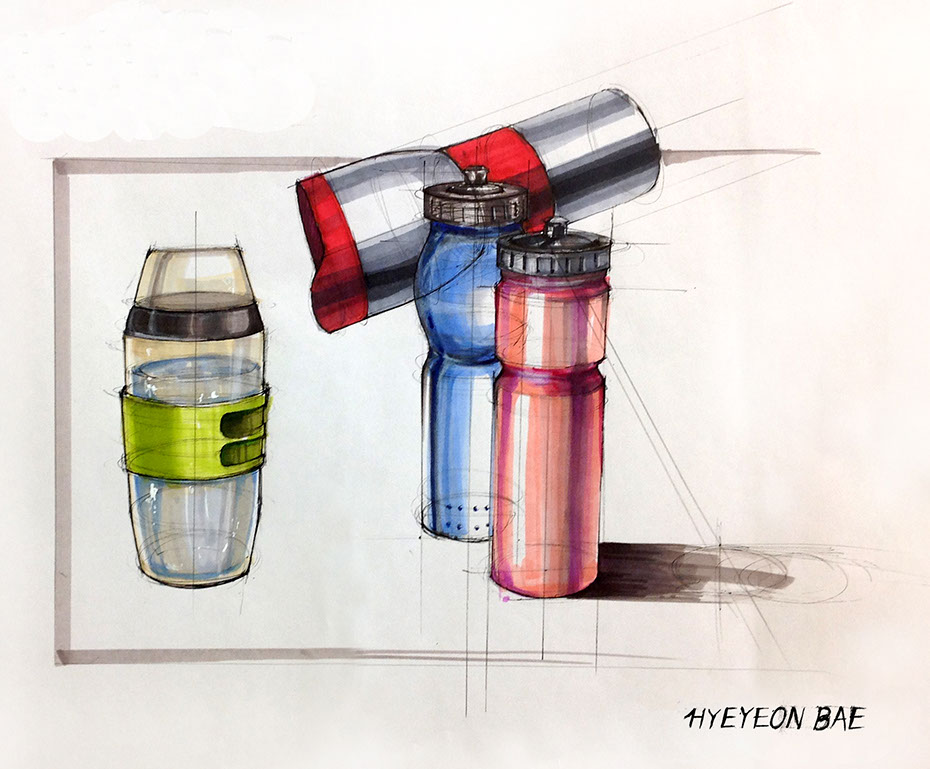
NOTE:
DO NOT DRAW VERTICAL BOTTLES LAYING DOWN (BELOW). LOOKS MORE LIKE A FLASHLIGHT!
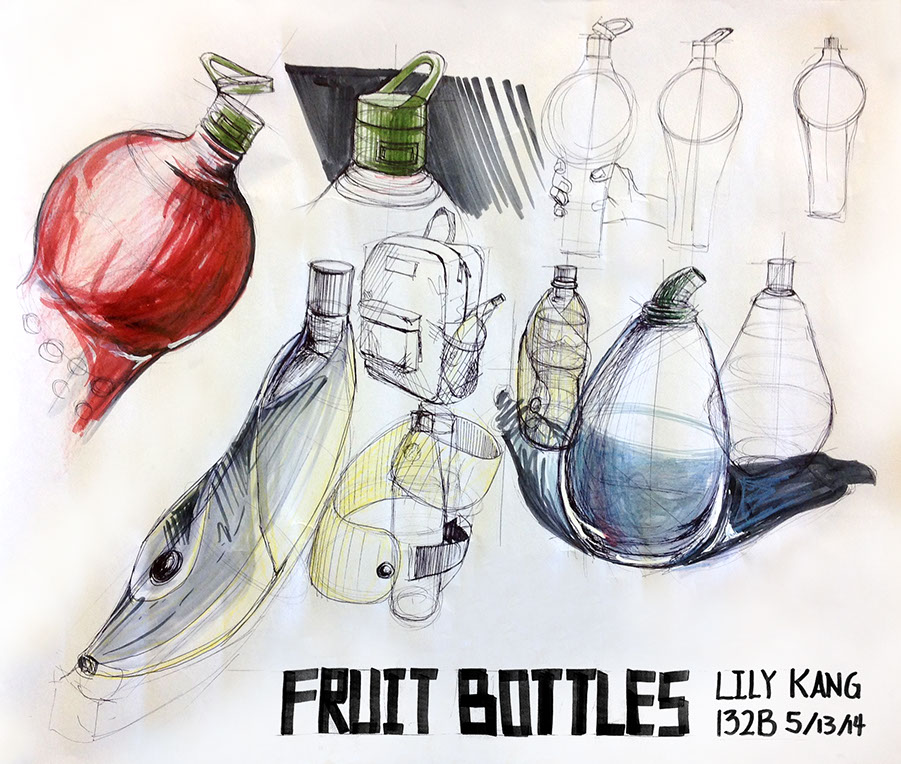
FEEL FREE TO EXPLORE MEDIUM TONED PAPER (CANSON)
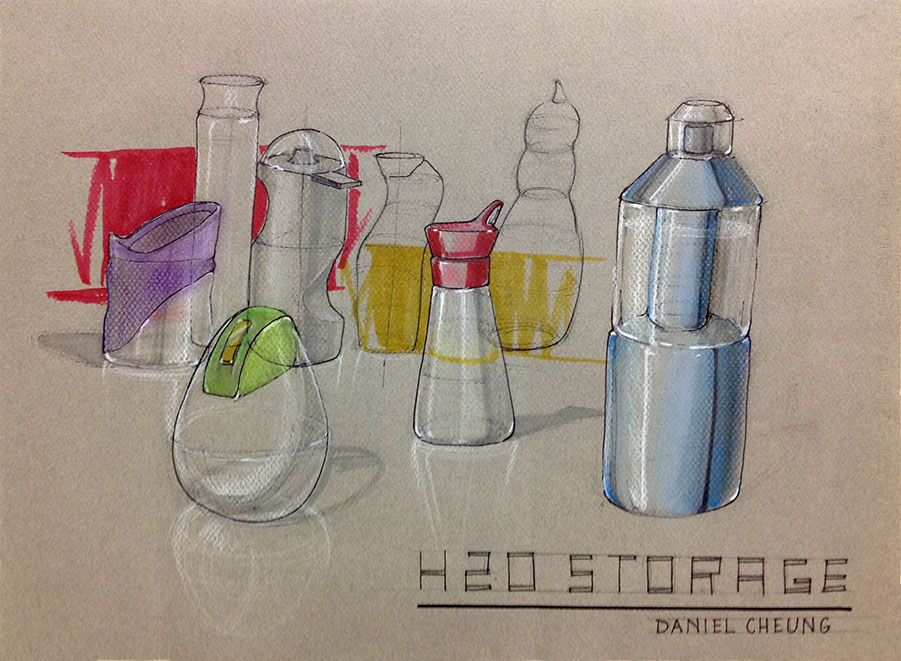
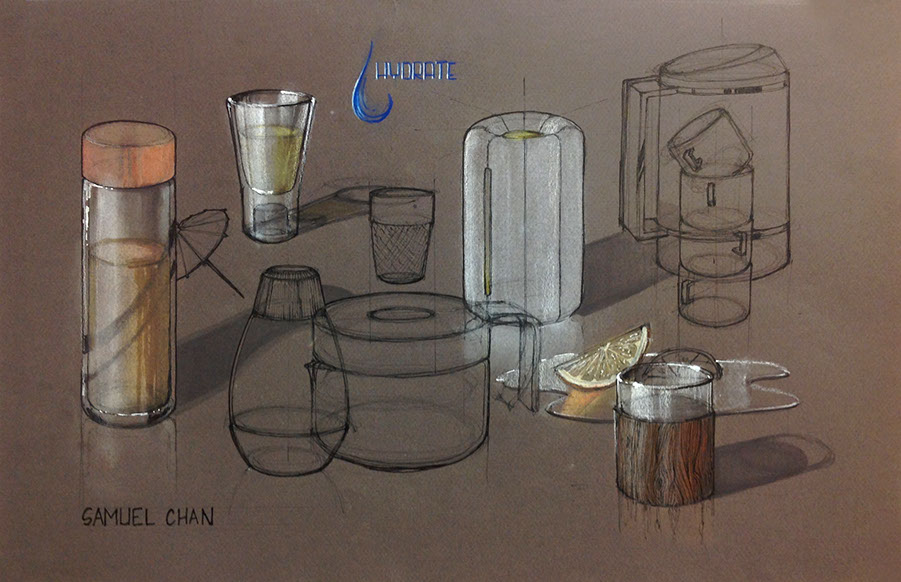
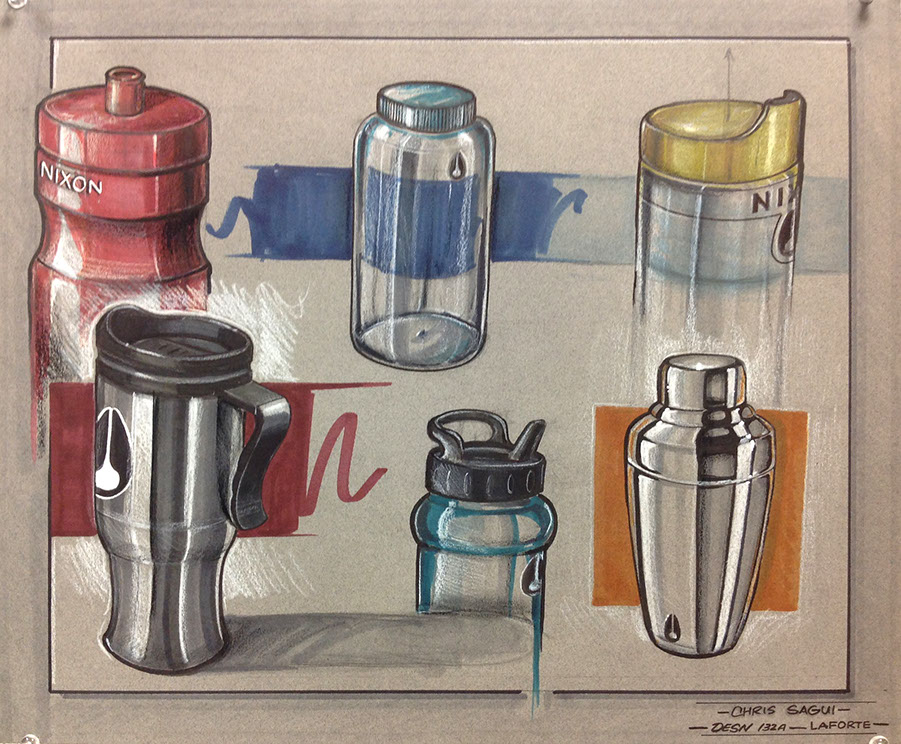
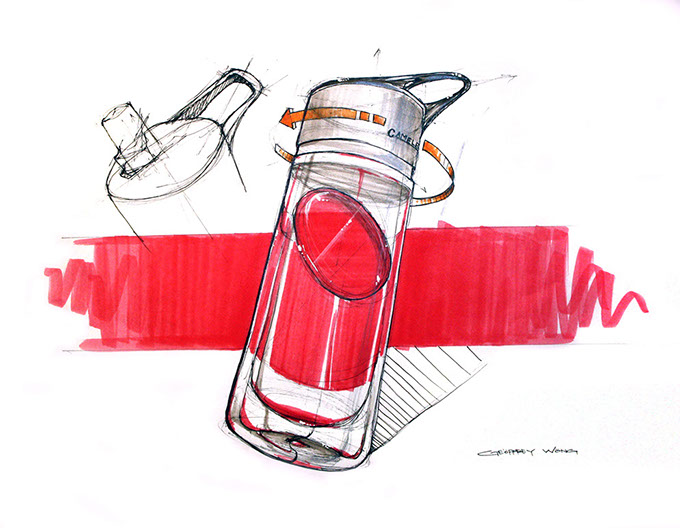
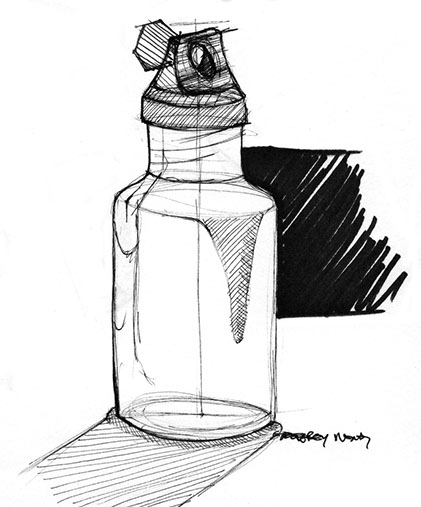
STUDENT LEARNING OBJECTIVES (SLOs)
- To gain strong understanding of fundamental forms,
- To gain understanding of shadow-casting logic,
- To gain understanding of mirror reflection logic,
- To develop marker rendering skills and techniques for Industrial Design,
- To enhance and refine line quality and line weights,
- To Incorporate Information Graphics as a descriptive device in representation.
GRADING AND EVALUATION RUBRIC
The following Rubric will apply in assessment of the student's work product, presentation, and/or process:
^
All assignments depend on strong application of the following:
Base Construction System. 1pt-, 2-pt grid, or 3-pt Perspective, or 3D Modeling Software for Base underlay.
Details. Articulation of and Scale via the human figure.
Rendering Values. Various techniques include cross hatching in graphite, pen, and/or in marker,
rendering with color pencils, rendering with marker and pencils.
NOTE:
While each assignment will have a primary representation focus, most if not all, will include some combination of the following stages and/or drawing types. It is the student's responsibility to become well versed in these types, and when/where they are used in the design process:
Exploratory and Analysis Sketching.
By drawing, you are thinking about the problem and considering solutions while not jumping to first-thought solutions, which may be strong, or may be lame, but drawing helps to discover what you know, and don't know and can do more research and development of.
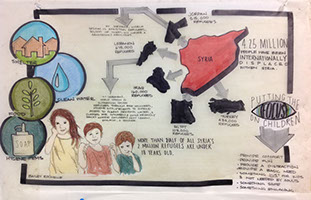
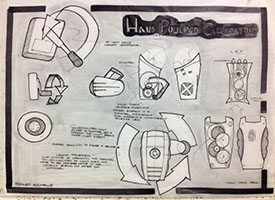
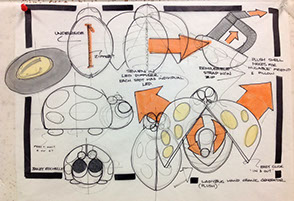
* Estimate only. See instructor and calendar for specific due dates. Summer Session schedule is more compressed with one week equal to approximately two and half semester weeks.
CSULB | COTA | DEPARTMENT OF DESIGN | BIO

Questions, feedback, suggestions?
Email me with your recommendations.
©2020 Michael LaForte / Studio LaForte, All Rights Reserved. This site and all work shown here is purely for educational purposes only. Where ever possible student work has been used or original works by Michael LaForte.
Works by professionals found online or in publication are used as instructional aids in student understanding and growth and is credited everywhere possible.